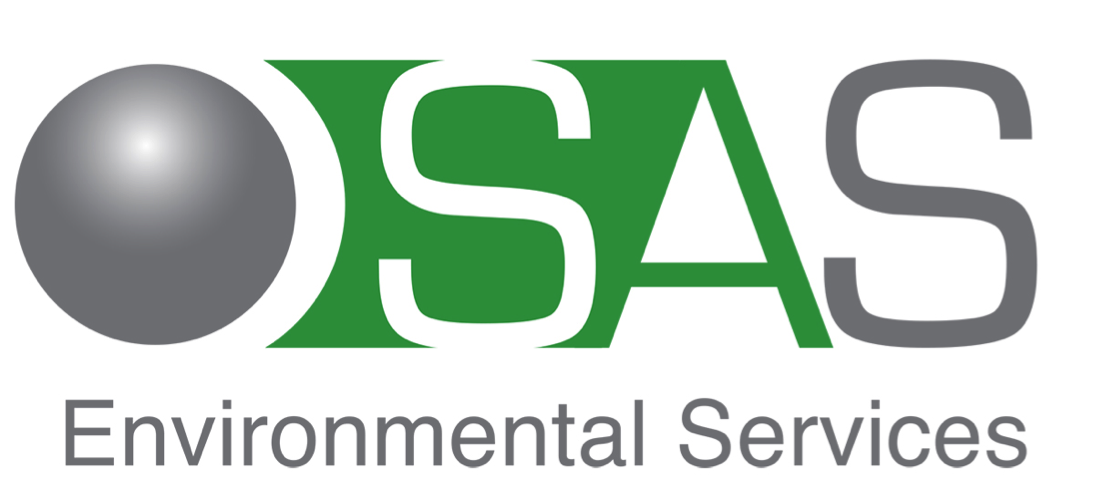Oil Waste Preparation - An Important Step in Treating your Liquid Waste
/A Story of Ecuador Oil Waste…
Today, we want to share with you the importance of preparing your oil waste before applying your customized treatment. It is one of our key steps when designing a liquid waste solution. We’ll showcase its importance through one of our case studies. It concerns the delivery and commissioning of a SAS MIST 220 system for the treatment of oil sludge to a waste management company based in Ecuador.
From Solid to Liquid Waste…
This is a really fascinating project and this particular company had a number of waste issues that it wanted to address and opportunities that it wanted to capture. It involved both liquid waste from refinery operations, traditional sludge with a high oil content that could be recovered and solids which would be able to go to bioremediation at the site. At this site there was already a lot of bioremediation work being carried out of hydrocarbon contaminated land and soil. Some of that waste takes a very long time to bioremediate and that limits how much waste you can process through bioremediation. But if you can take waste that has relatively high hydrocarbons and put it through the system and using our chemistry and engineering to remove as much of the hydrocarbons as you can, then that opens up the capability of processing more waste on site and therefore growing your business.
The Importance of Blending…
In this case the system was designed both to take liquid waste, but it also had to take more solid waste. What we did in this case is we modified the waste before it actually went through the separation stage. Here we used two blending tanks that were built by a local design and engineering company. Those blending tanks allowed the customer to add oil or water to the solid waste to actually create a liquid waste. Then we put that liquid sludge through the SAS MIST system and using our chemistry, the result was very dry solids that can either go to a landfill or be further bioremediated. The liquid waste, the oil in the water would simply come out the other end and would be recovered.




Waste Evaluation Process…
The way we approached this case was to start off with a waste evaluation and process development stage where we really got to know the company that we worked with, the ways that they were looked to process and what their customer requirements were. Part of the process was to perform site surveys where we looked at what waste is on site, what is the layout, what is the nature of the waste. There was a lot of waste in this particular site and some of it had been there for a long time, going through bioremediation. We were really trying to do an assessment to see if some of this waste was quite liquid. We concluded that we could process it and other waste already far down the bioremediation route, for it there probably no point of putting it through the system.
In conclusion, it was just an evaluation of what there was on site and making sure that we knew exactly what we could do.Ultimately it came to the point where the system was about ready to be delivered and we worked with the team locally so that they were completely prepared for the arrival of our engineers and chemists and also of the MIST system itself. We got some excellent results with really dry solids, which we were expecting. And so, to get a really good meaningful outcome, it was a fantastic project to be involved in. If you have any questions contact us via email via telephone ,find us on Linkedin find us on Youtube ,leave a comment, ask a question and we will definitely, reply and get back to you as soon as we can and hopefully we'll have an opportunity to work with you as much as we enjoyed working with this particular project.
Thank you very much,
Mark Zwinderman |CEO

